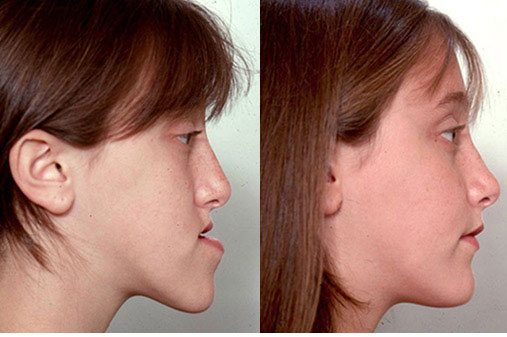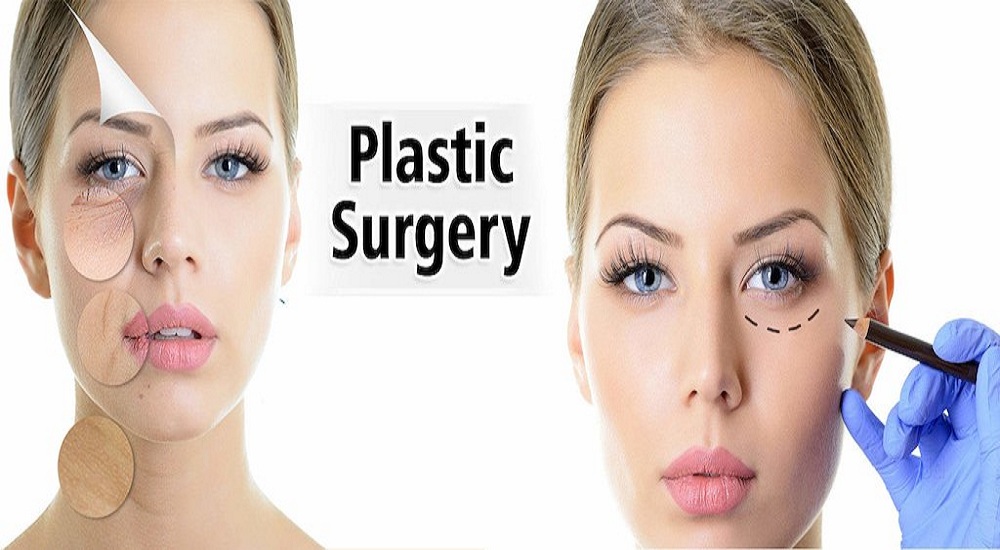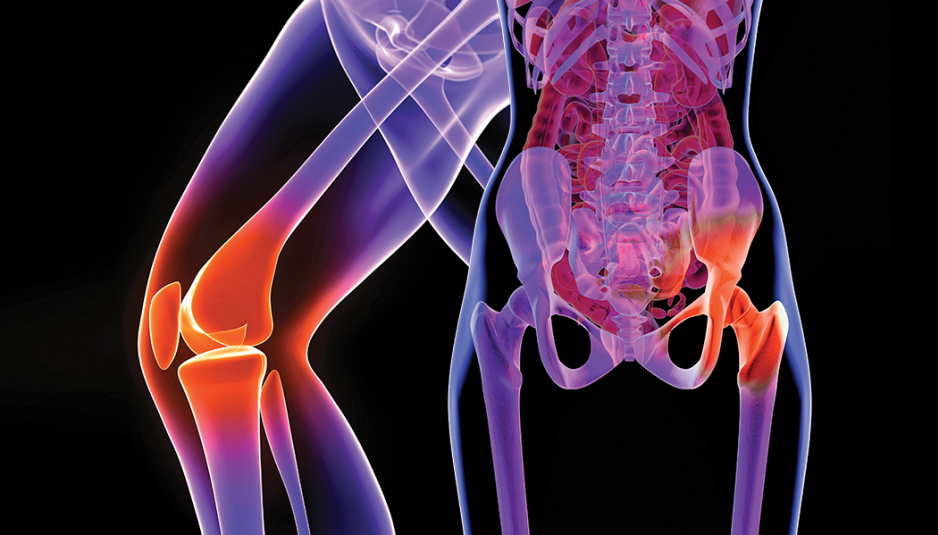It is not common to have a perfectly aligned bite. Some people have severe under or over-bites and others suffer from problems of tooth crowding. There is also the potential to suffer serious harm to the jaw as the result of an impact injury such as a car accident. Irrespective of the severity or the cause, there may be the option of having these options corrected via reconstructive jaw surgery. Following are some very important facts about these procedures.

Aim of Reconstructive Jaw Surgery
The main goal of reconstructive jaw surgery is to improve the function and the overall form of the bite. These treatments are rendered in instances in which orthodontic appliances will not be capable of producing the desired range of improvements. For instance, some patients can have tooth crowding, gaps between the teeth and issues with over or under-bites corrected via braces or clear retainers among other appliances. In other instances, however, the alignment issues or jaw damage is so severe as to merit the need for a more invasive treatment.
Benefits of Reconstructive Jaw Surgery
Limit the Wear on The Natural Tooth Structure
One of the many benefits of reconstructive jaw surgery is the ability to limit the wear on the natural tooth structures. With a healthy and properly aligned bite, each of the teeth in the mouth will only be responsible for doing the jobs that their designed to do. This will in turn limit the likelihood of a structural breakdown and invasive decay.
Create Solid Foundation for Other Dental Surgeries
For people who want to have a range of cosmetic corrections implemented, these surgeries could be essential for establishing a solid foundation for dental implants, bridges or other reconstructive appliances. This is especially true when the integrity of the underlying bone structure has been diminished. Some procedures even involve the grafting in of new bone in order to create a stronger and more stable foundation for implants.
Treatment of Sleep Apnea and TMJ
Some people suffer from sleep apnea and the symptoms of TMJ. While there are a number of safe, effective and non-invasive treatments for both of these issues, surgical treatments could be necessary for producing the long-term results that patients really want. Once these treatments have been rendered, there is often no need to continue using special appliances and patients can enjoy a greater sense of normalcy and higher life qualities overall.
Lay the Groundwork for Corrective and Tooth Replacement Surgery
These treatments can also have a positive impact on a toothless smile. When most or all of the natural tooth structures have been pulled or lost, the face can take on a very sunken and aged appearance. With these procedures, however, it is possible to structurally fill the face back out. This can also lay the groundwork for corrective, tooth replacement procedures such as all-on-four denture implants.
Post-Surgery Period
It is often necessary for people to spend several days in the hospital following these procedures. This portion of the recovery process will require diligent checking for infection, inflammation and excessive swelling. After this period has been completed, however, patients will be released to complete the remainder of the healing process on their own at home.
Reputable oral and maxillofacial surgeons always encourage their patients to consider all of their treatment options before scheduling surgery. In some instances, it may be possible to achieve the desired results without the need for cutting or tissue removal. Talking with your provider about the available solutions for your particular condition will allow you to make informed decisions about both your treatment plan and your treatment outcomes.

Karen is a health blog author who has been writing about healthy living since 2013. She started her journey by adopting a vegan diet and eating only organic foods, but the more she learned, the more she realized that we should all be eating plant-based diets exclusively. As an expert in nutrition and wellness, Karen blogs to educate readers on how they can live happier and healthier lives through food choices!









